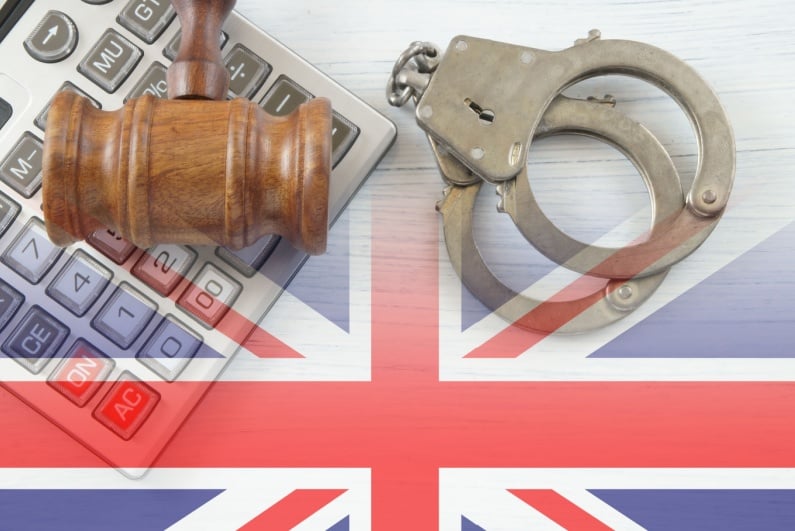


Photos of President Donald Trump displaying a board at the White House with tariffs for each country have been splashed across the world’s news feeds last week.

Photos of President Donald Trump displaying a board at the White House with tariffs for each country have been splashed across the world’s news feeds last week.
Like many industries, the gambling sector is unlikely to be untouched. Trump’s actions have already led to a general decline in gambling stocks. However, efforts to establish the full impact on global markets and trade remain to be seen.
Phil Bernard, vice president of Eilers & Krejcik Gaming, told iGaming Expert that digesting the exact cost of tariffs for the gaming sector is a challenge given the freshness of the news. However, he expressed confidence that “cabinet costs will increase as supply chains are globally linked, as you would expect, but the average increase in costs may be less than the tariff rates indicated.”
Suppliers take a relatively diverse approach to global distribution of products, with Bernard stressing that “reliance on international manufacturing and supply varies.”
While Canada has not been hit with any additional tariffs, the Alberta Gaming and Liquor Commission (AGLC) has suspended purchases of US gaming terminals.
The AGLC’s March 6 directive stated that it would only purchase gaming equipment from companies that provide support services in Alberta or countries that “share a free trade agreement with Canada.”
Additionally, in response to the previous US tariffs, Canada has imposed a 25% import duty on 1,256 products, including two gambling-related products.
Trump’s “America First” approach has heightened tensions between the U.S. and Macau as he has listed the Asian gambling capital as a “foreign adversary.”
The “America First Investment Policy” memo detailed plans to impose investment restrictions in the listed regions as Trump highlighted concerns about China’s use of U.S. technology and harm to U.S. interests.
However, the impact of tariffs on gambling remains to be seen. Bernard said the finished product is unlikely to withstand the full brunt of the tariff hikes, given that “many major vendors assemble games locally in larger markets.”
He added: “Certain components, especially electronics like chips and screens, will rise in cost, but those items are a fraction of the marketed cost of the final product. Finally, we’d expect the cost increase to be shared, so margins could be impacted modestly.”
The attempts to re-shape global trade from Trump caused Eilers & Krejcik to shift its estimates in terms of US/Canada sales, with significant reductions from +2% growth to -13%, “largely due to expected retaliatory measures from government managed Canadian operations. In reaction to the tariffs imposed on Canada earlier this year”.
He concluded: “The seemingly broad concern is this impacts the consumer in the near-term due to rising costs and slower growth. Gaming spend is a discretionary item, it is directly tied to the health of the consumer. If the economy slows down, gaming spend is likely to be impacted. The market is generally healthy right now, but the recession risk has risen [though it’s not guaranteed].
“All said, it’s worth bearing in mind that this is a volatile situation and things could change. For example, we’re assuming Canada and the US reach an agreement on trade during the year and purchasing essentially returns next year – more of a demand shift than an extinguishment. That agreement could be reached next quarter and demand returns in the back-half of this year.”
After U.S. President Donald Trump decided on April 9 to delay the introduction of import tariffs on most of the United States’ trading partners, stock prices of American and Asian companies surged sharply. At the same time, tariffs on Chinese imports to the U.S. were increased to 125%.













